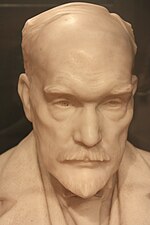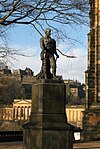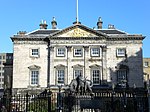Occupy Edinburgh

Occupy Edinburgh was a protest against economic and social inequality as part of the global Occupy movement. The "occupation" began with the erection of a number of tents in St. Andrew Square on 14 October 2011.On 24 November 2011, Edinburgh City Council became the first governmental body in the world to grant both the Occupy Edinburgh and the worldwide Occupy Movement official recognition.In January 2012 the protesters were urged to leave their site by Essential Edinburgh, the business group that manages the square they were occupying, and the Edinburgh Chamber of Commerce, so that it can be used by the public again. The Chamber's deputy chief executive, Graham Birse, said: "We did not spend all that public money for St Andrew Square to become a campsite for those with nowhere else to go."At the end of January 2012 the protesters relocated to The Meadows, a park within Edinburgh, and then left this site a couple of weeks later ahead of a legal bid to have them evicted by the City Council.
Excerpt from the Wikipedia article Occupy Edinburgh (License: CC BY-SA 3.0, Authors, Images).Occupy Edinburgh
St Andrew Square, City of Edinburgh New Town
Geographical coordinates (GPS) Address Nearby Places Show on map
Geographical coordinates (GPS)
| Latitude | Longitude |
|---|---|
| N 55.954166666667 ° | E -3.1930555555556 ° |
Address
St Andrew Square Garden
St Andrew Square
EH2 2AF City of Edinburgh, New Town
Scotland, United Kingdom
Open on Google Maps











